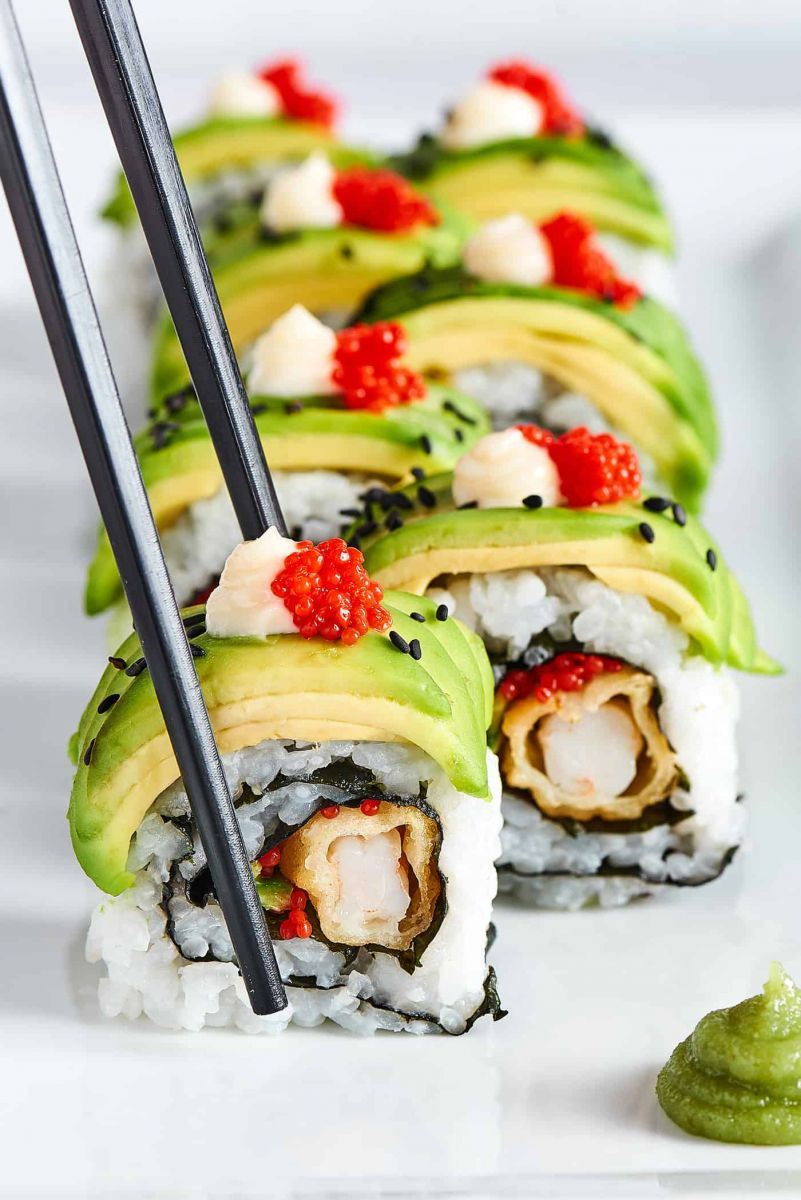Asian cuisine is incredibly diverse, rich in flavor, and has deep cultural roots across a wide range of countries and regions. Here are some key characteristics and popular cuisines from different parts of Asia:
1. East Asian Cuisine
Chinese: One of the most famous and diverse cuisines globally, Chinese food varies by region. Key elements include stir-frying, steaming, and deep-frying. Dishes like sweet and sour chicken, Peking duck, dumplings, and dim sum are popular worldwide.
Sichuan cuisine is known for its bold flavors and the use of chili peppers and Sichuan peppercorns for a numbing effect.
Cantonese cuisine is characterized by its lighter flavors and emphasis on fresh ingredients.
Japanese: Known for its simplicity, precision, and presentation. Key ingredients include rice, seafood, and vegetables. Dishes like sushi, ramen, tempura, and teriyaki are well-loved worldwide. Japanese cuisine also incorporates seasonal ingredients in a tradition called kaiseki.
Korean: Famous for dishes like kimchi (fermented vegetables, usually cabbage or radish), bibimbap (rice mixed with vegetables, eggs, and usually meat), and bulgogi (marinated grilled beef). Korean food often emphasizes balance and harmony of flavors like salty, sweet, sour, and spicy.
2. Southeast Asian Cuisine
Thai: Known for its vibrant, bold flavors, combining sweet, sour, salty, and spicy elements. Famous dishes include pad thai (stir-fried noodles), green curry, som tam (green papaya salad), and tom yum (spicy and sour soup).
Vietnamese: Often lighter and fresher, Vietnamese food uses a lot of fresh herbs and vegetables. Pho (a fragrant noodle soup), banh mi (Vietnamese sandwich), and goi cuon (spring rolls) are staples.
Indonesian: This cuisine features rich, aromatic flavors with lots of spices. Popular dishes include nasi goreng (fried rice), satay (grilled skewers with peanut sauce), and rendang (spicy beef stew).
Malaysian: A fusion of Chinese, Indian, and indigenous flavors. Laksa (spicy noodle soup), nasi lemak (coconut rice with various toppings), and roti canai (flaky flatbread) are key dishes.
3. South Asian Cuisine
Indian: A truly diverse cuisine with rich use of spices. Curry is a major component, but it varies greatly by region. Other staples include naan (flatbread), biryani (spiced rice and meat), samosas (fried pastry with spiced filling), and dal (lentil soup). Vegetarianism is also common, and there’s a huge variety of vegetarian dishes.
Pakistani: Similar to Indian cuisine but with its own distinct touches, such as the use of karahi (spicy curry), seekh kebabs, and halwa (a sweet dish). Meat dishes, especially lamb and chicken, are very popular.
Bangladeshi: Known for its hilsa fish and rice-based dishes. Bhuna khichuri (spiced rice with lentils) and panta bhat (fermented rice with mustard oil and spices) are well-known.
Tanka, located in Miami's Edgewater neighborhood, offers a diverse menu inspired by Cantonese, Shanghai, and Szechuan cuisines. While their menu emphasizes contemporary Chinese dishes, they also feature a selection of sushi options.
Some of the sushi offerings at Tanka include:
- Sexy Roll
- Dragon Roll
- Unagi (eel) Poke Bowl
- Tanka Tempura Roll (Cooked)
- Spicy Tuna Roll
- Shrimp Tempura Roll
For a comprehensive view of their sushi menu and other offerings, you can visit their official website:
Please note that menus can change over time. For the most current information, it's advisable to contact Tanka directly or check their website before planning your visit.

Lamb Chops with Mango-Yogurt Sauce is a flavorful and elegant dish that combines the richness of lamb with the sweetness of mango and the creaminess of yogurt. The sauce complements the lamb perfectly, balancing its savory taste with fruity and tangy notes.
Here's a step-by-step guide on how to prepare this dish:
Ingredients:
For the Lamb Chops:
8 lamb chops (about 1-inch thick)
2 tablespoons olive oil
2 garlic cloves, minced
1 tablespoon fresh rosemary (or thyme), chopped
1 teaspoon ground cumin
1 teaspoon ground coriander
1 teaspoon smoked paprika (or regular paprika)
Salt and pepper, to taste
1 tablespoon lemon juice
For the Mango-Yogurt Sauce:
1 ripe mango, peeled, pitted, and chopped
1/2 cup plain Greek yogurt (or regular yogurt)
1 tablespoon lime juice (or lemon juice)
1 tablespoon honey or agave syrup (optional, depending on your sweetness preference)
1/4 teaspoon ground cumin (optional for extra depth)
Salt and pepper, to taste
Instructions:
1. Marinate the Lamb Chops:
In a bowl, combine the olive oil, garlic, rosemary (or thyme), ground cumin, ground coriander, smoked paprika, salt, and pepper.
Add the lamb chops to the bowl and rub the marinade all over the meat. Make sure each chop is coated well.
Cover the bowl and marinate the lamb chops for at least 30 minutes in the refrigerator. For deeper flavor, marinate them for 2-4 hours (or even overnight if you have time).
2. Make the Mango-Yogurt Sauce:
In a blender or food processor, combine the mango, Greek yogurt, lime juice, honey, ground cumin (optional), and a pinch of salt and pepper.
Blend until smooth. If the sauce is too thick, you can add a small amount of water or more lime juice to reach your desired consistency.
Taste the sauce and adjust the seasoning as needed. Add more honey if you like it sweeter, or more lime juice for extra tanginess.
Once ready, set aside and keep it chilled in the fridge until the lamb is cooked.
3. Cook the Lamb Chops:
Preheat your grill, grill pan, or skillet over medium-high heat.
Add a small amount of olive oil to the pan if needed. Once hot, place the lamb chops in the pan or on the grill.
Sear the lamb chops for about 3-4 minutes per side for medium-rare (adjust the cooking time if you prefer more or less doneness). You can check the internal temperature with a meat thermometer:
Medium-rare: 130°F (54°C)
Medium: 140°F (60°C)
Well-done: 160°F (71°C)
Once done, remove the lamb chops from the heat and let them rest for about 5 minutes to allow the juices to redistribute.
4. Serve the Lamb Chops:
Arrange the cooked lamb chops on a serving platter.
Drizzle the mango-yogurt sauce over the lamb chops or serve the sauce on the side for dipping.
Optionally, garnish with fresh herbs like cilantro, mint, or additional lime wedges for extra freshness.

Tips:
Spices: You can adjust the spices in the lamb marinade to your liking. Adding a touch of cinnamon or cardamom could give the lamb a more complex, warm flavor.
Grilling Option: If you prefer grilling, you can cook the lamb chops over medium-high heat for about 3-4 minutes per side, or until your desired level of doneness is reached.
Serving Suggestions: This dish pairs well with side dishes like roasted vegetables, couscous, rice pilaf, or a simple salad with a light vinaigrette.





